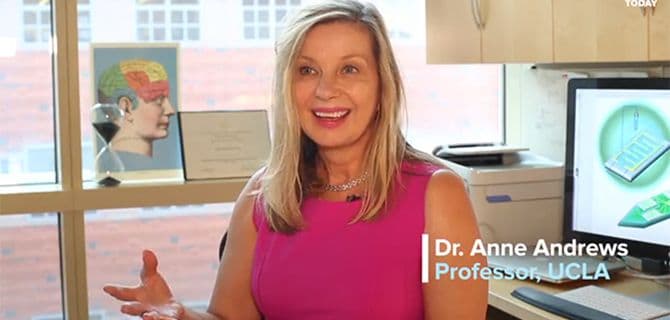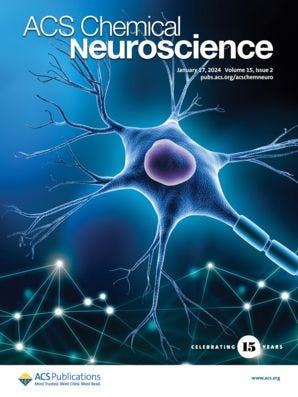Halloween is a season for jitters and jump-scares galore. But what happens inside your body when you feel afraid? And why do so many of us seem to actually like scaring ourselves silly? ACS Chemical Neuroscience Associate Editor Anne Andrews recently appeared on NBC’s “Today” show to uncover the mysteries behind the chemistry of fright. […]

Halloween is a season for jitters and jump-scares galore. But what happens inside your body when you feel afraid? And why do so many of us seem to actually like scaring ourselves silly? ACS Chemical Neuroscience Associate Editor Anne Andrews recently appeared on NBC’s “Today” show to uncover the mysteries behind the chemistry of fright.
“What happens when you get scared, is that your body releases epinephrine, adrenalin, and that causes your heart rate to go up, causes your blood pressure to go up, causes your eyes to dilate. So these are all your body’s responses to some type of threat,” Andrews said during the clip. “When you’re doing something like going to a haunted house or going to a scary movie, you know there’s no real bodily threat and so it’s almost like you can enjoy the rush of the fear response without the stress that would come along with an actual threat of danger.”
Anne Andrews is a professor of Psychiatry & Biobehavioral Sciences and Chemistry & Biochemistry at the University of California, Los Angeles. Her work focuses on basic and translational research on anxiety and depression, and at the nexus of nanoscience and neuroscience. Andrews’ interdisciplinary research team focuses on understanding how the serotonin system and particularly, the serotonin transporter, modulate neurotransmission to influence complex behaviors including anxiety, mood, stress responsiveness, and learning and memory.
Learn more about Andrews’ research in ACS Publications.
